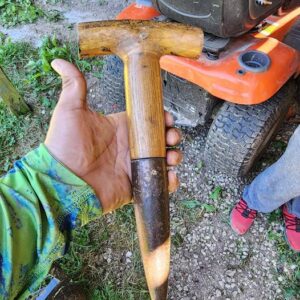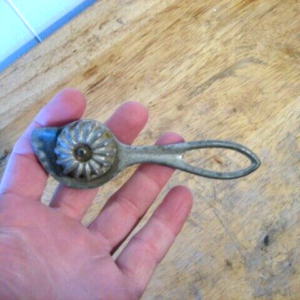A Glimpse into History
The invention of the pencil sharpener revolutionized the mundane task of sharpening pencils. Before its inception, people relied on knives to manually whittle down pencil points, a time-consuming and imprecise method. In 1828, French mathematician Bernard Lassimone patented the first pencil sharpener. However, it was Therry des Estwaux in 1847 who refined the design, making it more practical and compact.
The true game-changer came in the late 19th and early 20th centuries with the introduction of the handheld pencil sharpener. These small, portable devices became indispensable tools for students, artists, and professionals. As literacy and education rates soared, so did the demand for reliable pencil sharpeners, cementing their place in daily life.
Usage Through the Ages
Handheld pencil sharpeners were straightforward yet ingenious devices. Typically made of metal or wood, they featured a small, sharp blade encased in a cylindrical or rectangular housing. Users would insert the pencil into a hole and twist it, allowing the blade to shave off the wood and expose the graphite core.
The simplicity of these sharpeners made them accessible to people of all ages. Students used them in classrooms, artists relied on them for precise sketching, and office workers kept them handy for everyday tasks. The sharpeners’ portability meant they could be easily carried in a pocket or pencil case, ready to use whenever needed.
Varieties and Innovations
Throughout the years, numerous designs and innovations emerged. Some sharpeners included a container to catch shavings, minimizing mess. Others featured dual holes for sharpening different pencil sizes. Decorative designs also became popular, with manufacturers producing sharpeners in various shapes, colors, and materials, from ornate brass models to sleek, modernist designs.
Legacy and Collectibility
Today, antique handheld pencil sharpeners are cherished collectibles. They evoke a sense of nostalgia for a bygone era when handwriting and manual drafting were daily rituals. Collectors value them for their craftsmanship, historical significance, and the charm of their often intricate designs.
Museums and private collections showcase these sharpeners, celebrating their role in the evolution of writing tools. They remind us of the simplicity and ingenuity of past inventions that, though small, had a profound impact on everyday life.
Conclusion
The antique handheld pencil sharpener, while a modest tool, played a crucial role in the history of writing and drawing. Its development reflects broader technological and educational advancements of its time. Today, these sharpeners stand as testaments to human ingenuity and the enduring charm of well-crafted, functional objects. As we continue to move towards a digital world, the antique handheld pencil sharpener remains a beloved symbol of the analog past, cherished for its practicality and nostalgic value.



